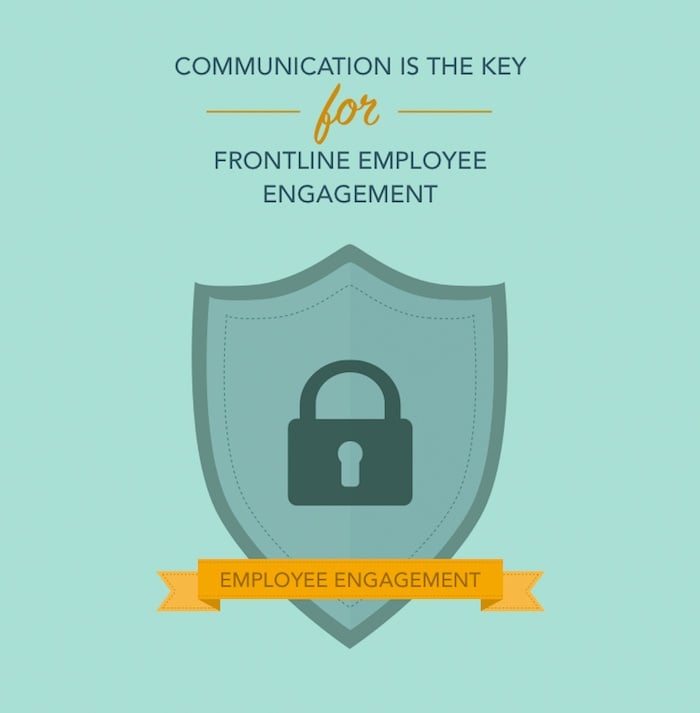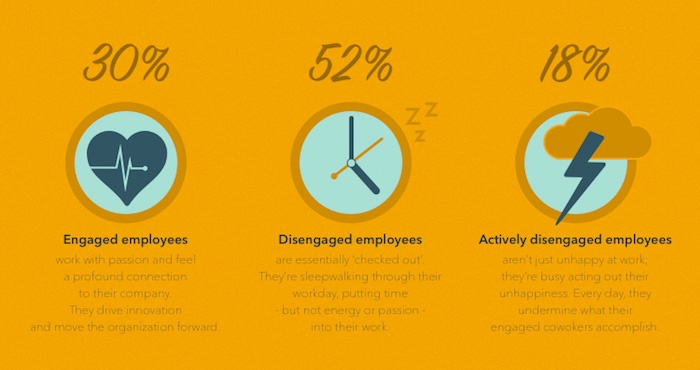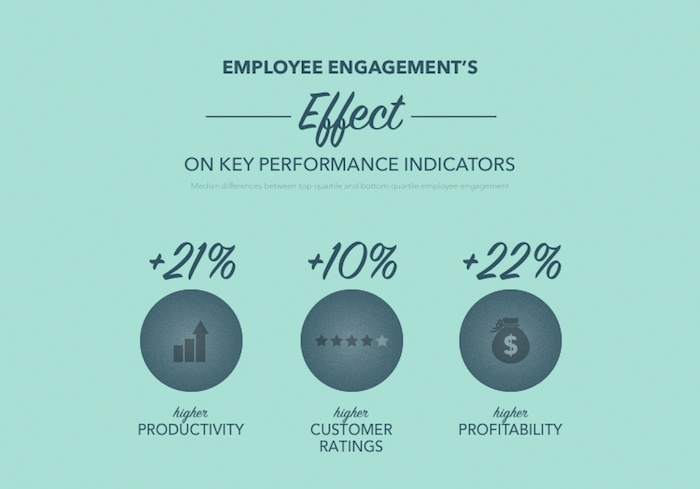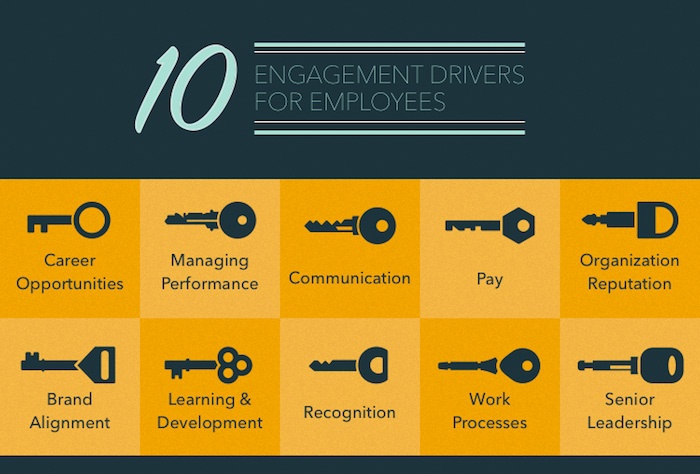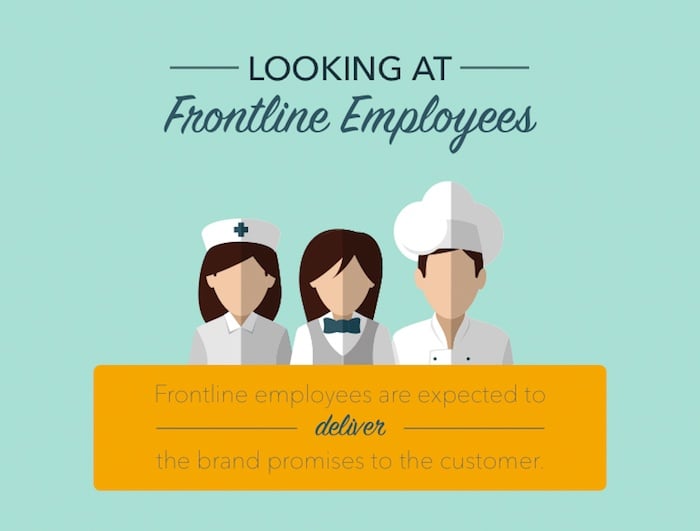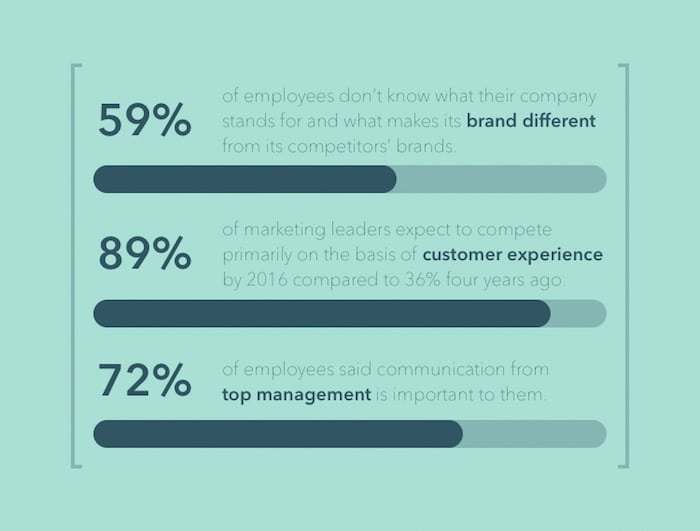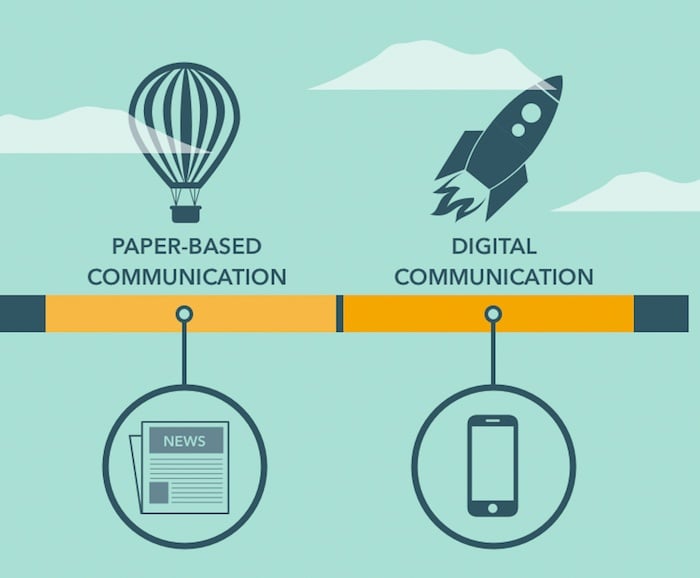If You Care About Customer Satisfaction, Talk to Your Frontline Employees!

Companies spend millions on brand recognition, commercials, and product development, but then a customer meets an employee who simply doesn’t care.
Hopefully, the reverse situation happens at least as often: an employee remedies a customer experience situation that otherwise would have gone wrong by being friendly, charming, and committed.
People buy people is an old bit of sales wisdom, and it’s more important than ever.
Products and services are becoming more and more alike, and the winner of the competition will be the offering with the most convincing the best customer experience.
Companies have always needed good and motivated employees, but that task has never been as business-critical as today. This hard nut needs to be cracked on a daily basis. Here, the magic word is employee engagement.
For years, Gallup’s analysts have been presenting exact numbers in their Employee Engagement Index.
Over two-thirds of all employees are disengaged or actively disengaged, which equals a mental resignation. No good news if your frontline employees are key for your customer experience. That challenge got accelerated by the growth of social media. Each single bad customer experience may be shared by upset customers—in extreme cases even a thousandfold—by just one click.
Employee engagement does not only concern the interface between company and customer, but also all other areas of the company. Motivated employees have more ideas, are less sick, supply good quality and are more likely to recommend their company as a good employer.
It’s not possible to directly manage employee engagement. Rather, one needs to understand the levers of employee engagement. The study of the consulting company AON Hewitt, which is carried out worldwide, describes 10 important engagement drivers at work.
Altogether, for all employees “communication” comes in fifth place in being important. Individually perceived career opportunities are on top of the list.
The study went even further and examined to what extent the individual engagement drivers are important for different employee groups within a company. Those groups are divided into top management, middle management, technical experts and team members/ frontline employees. The intriguing question is:
How do the engagement drivers’ priorities change once we primarily focus on frontline employees?
Good career opportunities are on top of the list for frontline employees. But directly after that, internal communication gets the second highest priority! Among the groups investigated, this is the only group where communication made it to the top 5.
Communication to better understand and internalize the value proposition of the own company and to represent it with the customer in a convincing manner.
It sounds like a bad joke that this is the reality: in most cases frontline employees are non-desk employees without easy access to PC and IT communication systems though the intranet.
Those regarding communication as most important engagement driver at work see themselves confronted with the worst access to current company information!
For many years, communicators have made shifts with printed in-house publications in order to ensure the distribution of information among all employees. But the many innovations of modern social intranets have increased the gap between paper-based communication and digital communication.
When it comes to interaction, up-to-dateness, personalisation, images/videos the digital channel is second to none. In addition, the total cost for the digital channel are only half of the costs for a printed in-house publication*.
The modern customer is demanding and better informed than ever. Companies can only keep up with this expectations on a permanent basis as long as they manage to establish the same level of transparency and pace in employee communication in their internal information provision.








